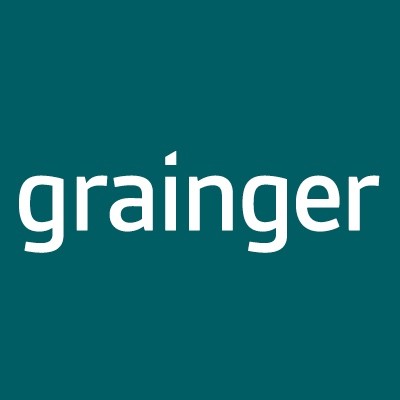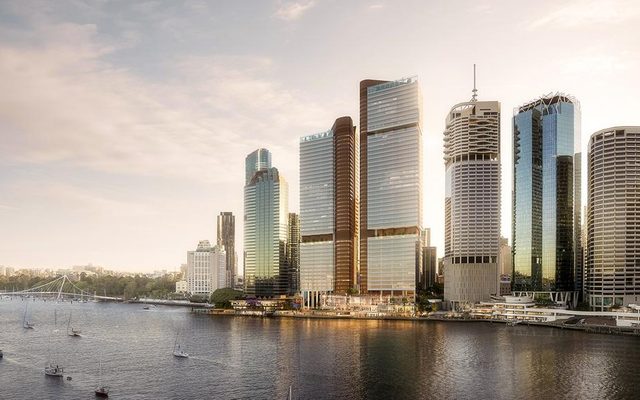This article is from the Australian Property Journal archive
NET absorption rates across Australia’s CBD office markets collapsed in the June quarter as the pandemic upended conventional working arrangements, adding some 148,000 sqm of empty space as vacancies blew out to double figures.
All six of the major CBD office markets recorded negative net absorption, according to JLL, for a nationwide total of negative 147,600 sqm. The national vacancy rate increased by 1.8% from 8.4% to 10.2%.
The figures are consistent with gross effective rents across the major eastern seaboard CBD office markets falling in the June quarter, as landlords adjusted their expectations in response to the COVID-19 lockdown and proved more willing to give higher incentives.
Sydney and Melbourne accounted for almost 110,000 sqm of the total, according to JLL. Sydney CBD recorded negative 66,600 sqm and vacancy increased to 7.5%, with increases seen across all grades. Premium was at 6.0%, A Grade 7.6% and secondary 8.2%.
JLL head of leasing – Australia, Tim O’Connor said Sydney CBD leasing enquiry started to improve from a very low base emerging from lockdown.
“The bulk of enquiry is concentrated in the sub 800 sqm cohort of the market and is seeking fitted space.”
Melbourne CBD recorded 42,300 sqm of negative net absorption, while the completion of a new developments and associated backfill space pushed the vacancy rate up to 7.7%.
Projects reaching or nearing completion include the Collins Arch and Olderfleet towers on Collins St, as well as parts of the 80 Collins St precinct and Two Melbourne Quarter at opposite ends of the major thoroughfare, the Vic Police headquarters at 311 Spencer St, Charter Hall’s 130 Lonsdale St at Wesley Pl, 180 Flinders St.
“The education (tertiary and vocational) sector has been one of the industry sectors most impacted by COVID-19. We have seen a number of institutions including RMIT and Monash University downsize their occupational footprint in the Melbourne CBD over Q2,” O’Connor said.
“In an environment of uncertain revenue projections, organisations have pivoted towards addressing their cost base. We have seen a number of organisations downsize their space requirements and sublease availability has started to increase.”
Sydney organisations looking to cut costs and decentralise their workforces are likely to find new homes in the Parramatta, North Sydney and Macquarie Park, and five years of rental gains across Melbourne’s city fringe office market are tipped to be wiped out by the end of next year as markets become more metropolitan focused.
JLL head of research – Australia, Andrew Ballantyne said the past 12 weeks have been unprecedented for the Australian office sector.
“Headcount reductions have been concentrated in the hospitality, retail, arts & recreation and construction sectors, but traditional office using industry sectors have not been immune.
“Policy measures have provided downside protection to the economy and the re-opening of the economy has occurred well ahead of expectations. However, many organisations will struggle to find a pathway back to pre-crisis revenue levels and this will have an impact on office sector demand.”
O’Connor said the work from home experience has shown it has a viable place in a modern flexible workplace strategy.
“However, the office re-entry has shown the importance of office space for collaboration, ideas generation and employee socialisation.
Increased leasing enquiry is expected from organisations in the public sector, digital economy and healthcare sectors.”
Canberra recorded negative 8,200 sqm of net absorption over the quarter, but net absorption was positive over the 2020 financial year at 26,200 sqm, and the withdrawal of office stock for refurbishment led to the Canberra office market vacancy rate tightening to 8.2%.
The federal government has already announced new funding into cyber security and the creation of new jobs in response to an increase in cyber-attacks on public bodies and private sector organisations.
“The expansion of the public sector will be positive for the Canberra office market,” O’Connor said.
Brisbane CBD recorded -15,700 sqm of net absorption and headline vacancy increased by 0.7% to 12.8% over the quarter. A majority of enquiry is concentrated in the sub 500 sqm the market.
Perth recorded the highest CBD vacancy rate, of 20.1%, and 10,500 sqm of negative net absorption. The mining sector will be a direct beneficiary of any new infrastructure projects and an increase in project space may be seen over the latter part of 2020 and into 2021.
The Adelaide CBD recorded -4,400 sqm in 2Q20, but positive net absorption of 15,300 sqm over the 2019/20 financial year. The headline vacancy rate increased by 0.6 percentage points to 14.7% over the quarter.



















